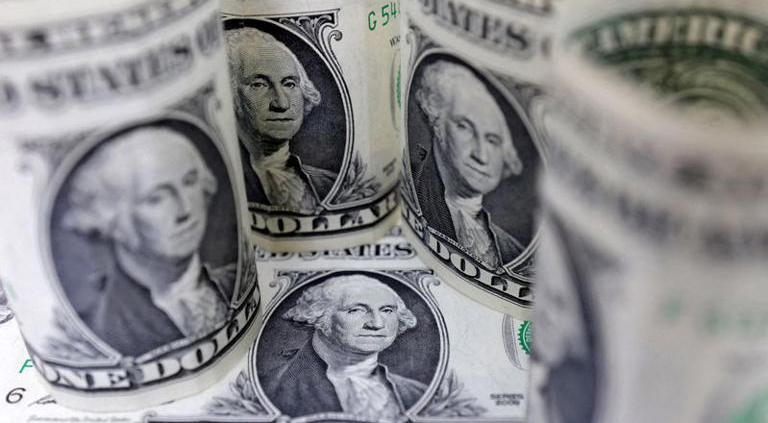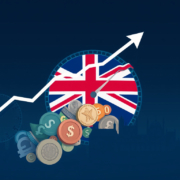U.S. Inflation Cools in May: Energy and Core Prices Fall, Supporting a Dovish Fed Stance
U.S. inflation took a softer turn in May as the latest Consumer Price Index (CPI) data revealed only a modest 0.1% month-over-month increase—even below forecasts. This subdued inflation print, paired with weaker energy and select core goods prices, has bolstered expectations of a more dovish stance from the Federal Reserve. In this post, we dive into the key data points, examine the contributing factors, and explore what this means for the markets in the weeks ahead.
U.S. CPI: Slower Price Growth
Despite enduring trade tensions and tariffs, U.S. consumer inflation registered a mere 0.1% increase in May compared to the expected 0.2%. On an annual basis, inflation remains steady at 2.4%. This slight underperformance suggests that price pressures are easing, which could have significant implications for monetary policy.

Figure: The CPI Rollercoaster – A visual representation of the moderated U.S. inflation trend.
Core CPI: Impact of Declining Vehicle and Apparel Prices
Core CPI, which excludes food and energy prices, also rose by only 0.1% in May—considerably lower than the anticipated 0.3% rise. A closer look at the numbers shows that prices in sectors particularly sensitive to tariffs, such as vehicles and apparel, actually declined. Used cars and trucks fell 0.5%, new vehicles slid 0.3%, and apparel dropped by 0.4%. These reductions helped to offset modest increases in other areas like medical care and shelter, ultimately keeping the overall core inflation figures subdued.
Energy Index: A Soft Landing for Gasoline and Natural Gas
Energy prices have been a significant drag on headline inflation. In May, the energy index dropped by 1.0%. Gasoline prices plunged by 2.6%, while natural gas prices went down by 1.0%. Over the past year, energy prices have declined by 3.5% overall—as gasoline prices have fallen sharply. Although electricity prices bucked the trend with a 0.9% increase in May and a 4.5% rise year-over-year, the overall softness in energy costs may help temper broader inflation expectations.
Food and Shelter: Mixed Signals in the CPI Basket
The food index experienced a 0.3% rise in May, recovering from a minor decline the previous month. Both grocery store and restaurant prices grew modestly, with full-service and limited-service meals moving in tandem. Meanwhile, shelter costs provided consistent upward pressure, rising 0.3% in May and 3.9% over the past year. While shelter holds a large share of the CPI basket, its gradual climb is being offset by the easing pressures seen in other areas.
Fed Outlook and Market Impact
The tepid core CPI report underlines the Federal Reserve’s cautious approach to changing interest rates. With tariffs not yet pushing prices upward significantly, Fed officials are likely to maintain a data-dependent and restrained policy stance. Market participants are now eyeing support for U.S. Treasuries, as softer inflation tends to drive yields lower. Meanwhile, the dollar is expected to remain range-bound in the near term, and equity markets could benefit from sustained consumer spending with limited cost pressures.
Conclusion
May’s inflation report paints a picture of moderated price pressures across several key sectors. With both headline and core CPI figures coming in below forecasts, concerns about runaway inflation appear to be easing. Although shelter prices continue their steady climb, declines in energy costs and sectors sensitive to tariffs provide room for a more dovish Fed stance. As the market processes these developments, traders can expect continued support for bonds and a stable outlook for the dollar in the coming months.
Tags: #Inflation #Fed #EconomicUpdate #CPI #EnergyPrices









